Architectural gems of Caucasian Albania: the timeless church of Gushchu A historical journey on Caliber.Az
Since ancient times, the geographical location and ethnic diversity of the population have contributed to the coexistence of numerous religions on the territory of Azerbaijan. Over the centuries, paganism, Zoroastrianism, Judaism, Christianity, Islam, and other religious movements have spread and influenced one another here. Christianity, as one of the historically present religions, played a significant role in shaping Azerbaijan’s cultural heritage, leaving a profound mark on its history and architecture.
One of the most ancient states on the territory of modern Azerbaijan was Caucasian Albania. Until the 13th century, the lands of this state were also known as Arran. Its capitals at various times were Gabala and Barda. Christianity was adopted in Caucasian Albania in the 4th century.
Many architectural monuments of Caucasian Albania have survived on the territory of modern Azerbaijan, bearing witness to the rich spiritual and cultural heritage of this ancient land. Particularly impressive are the old Christian churches and monasteries built amidst picturesque mountain landscapes. They captivate with their architectural harmony and grace, remaining priceless jewels of ancient craftsmanship.
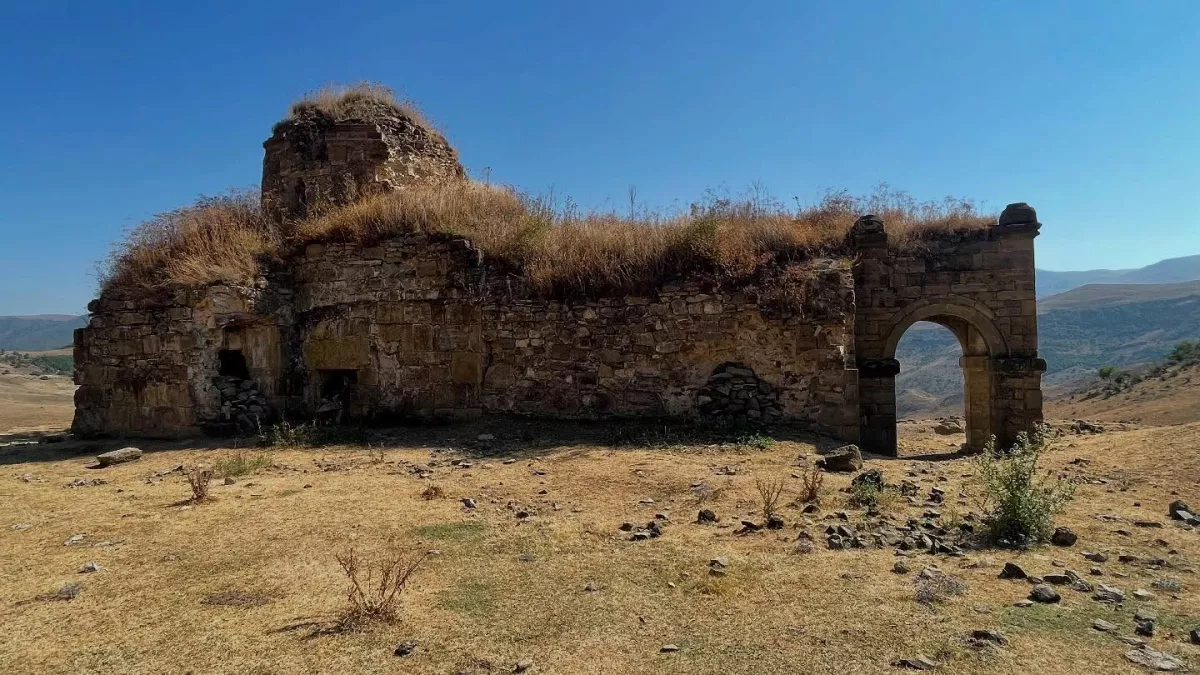
One such gem is the unique church in the village of Gushchu in the Dashkasan district, standing prominently on an elevated site and captivating visitors with the harmony of its architectural design. Its monumentality blends seamlessly with the refined craftsmanship of its details, and in its features, the church resembles ancient sanctuaries found in other regions of Azerbaijan.
The church has preserved a clear layout and forms typical of temple architecture. The central volume is covered by a domed or vaulted structure supported by arches and pilasters, creating a sense of vertical dynamism and enhancing spatial depth. The apse is distinguished by a semicircular vault that draws attention to the altar area.
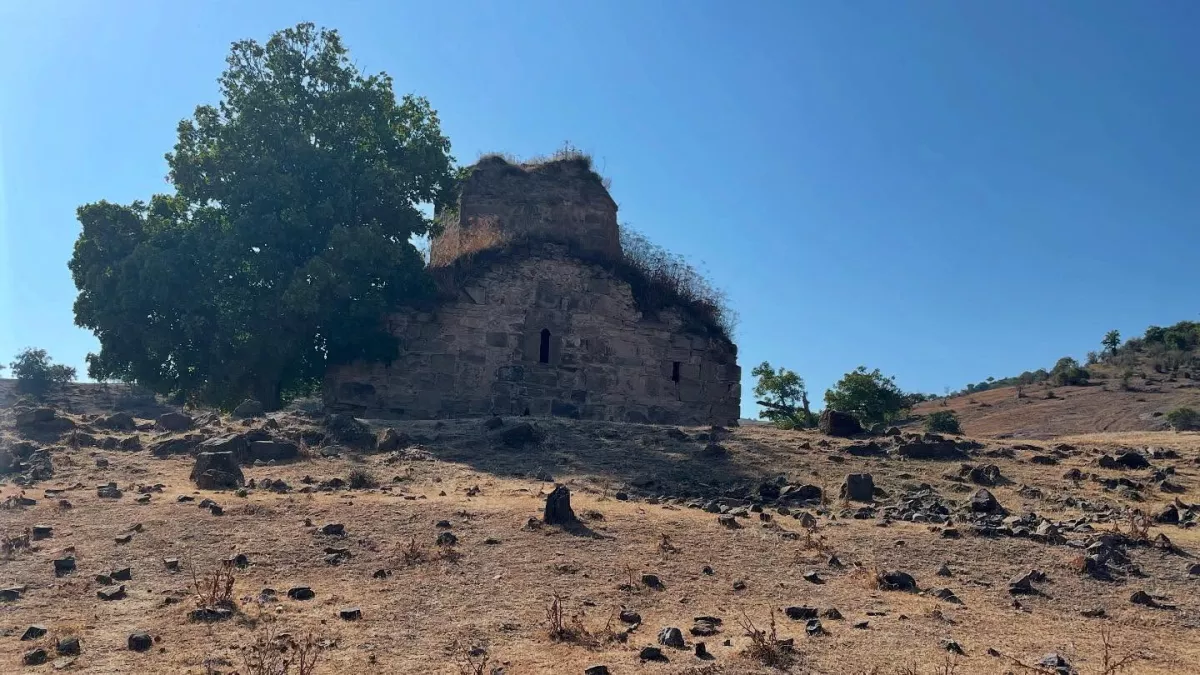
The church’s load-bearing structure consists of massive stone masonry walls reinforced with interior pylons and arched spans that redistribute the weight onto the foundation. The façades are executed using a mixed technique: finely hewn stone blocks are employed in the portal and corners, while the wall surfaces are built from rubble and flagstone, reflecting the craftsmanship of local architects. The entrance is framed by an elaborate portal structure with arched openings that emphasise the central axis and create a striking compositional focal point.
The natural lighting system is based on narrow vertical window openings that provide directional illumination and enhance the interior’s dramatic atmosphere. A particularly significant element is the light window in the apse, which symbolically highlights the altar space.
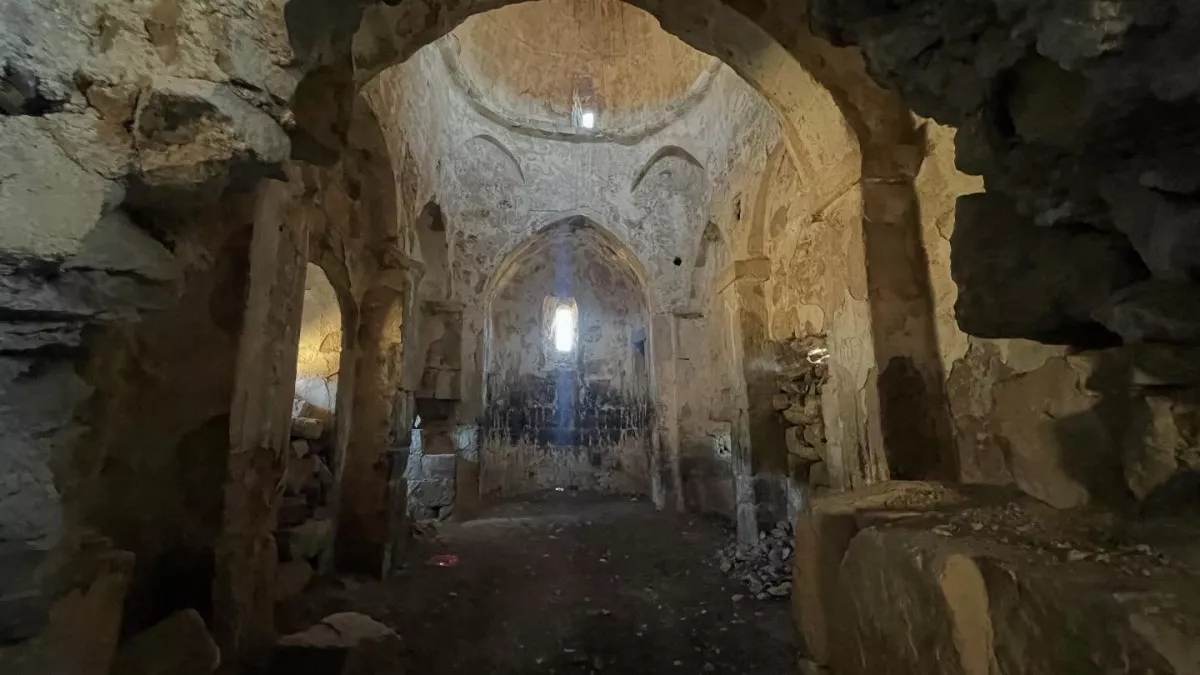
The architectural decoration follows the overall sense of monumentality and emphasises the simplicity of form. Traces of repair work, visible in the irregularity of the masonry and the inclusion of later materials, attest to the building’s long period of use. Despite the partial loss of the roof and the destruction of some vaults, the overall structure remains legible and clearly demonstrates the principles of medieval temple construction.
The church is among the early Christian monuments and, according to scholars, was built between the 5th and 7th centuries. It is believed that long before the spread of Christianity, a pagan sanctuary once stood on this site, and that the continuity of sacred space determined the choice of location for the church’s construction.
An important context for understanding the significance of such temples lies in their topography and the historical continuity of sacred sites. It is no coincidence that the churches of Caucasian Albania were built in places where ancient pagan temples and sanctuaries had existed long before the spread of Christianity. These sites were originally associated with the cult of celestial bodies — the Sun and the Moon — as well as other archaic beliefs dating back thousands of years.
The choice of such locations was determined not only by sacred symbolism but also by geographical features: the temples were often built on elevations or commanding heights overlooking valleys and mountain ranges. This positioning allowed them to serve not only as centres of worship but also as distinctive landmarks connecting human beings with the cosmos and the surrounding landscape.
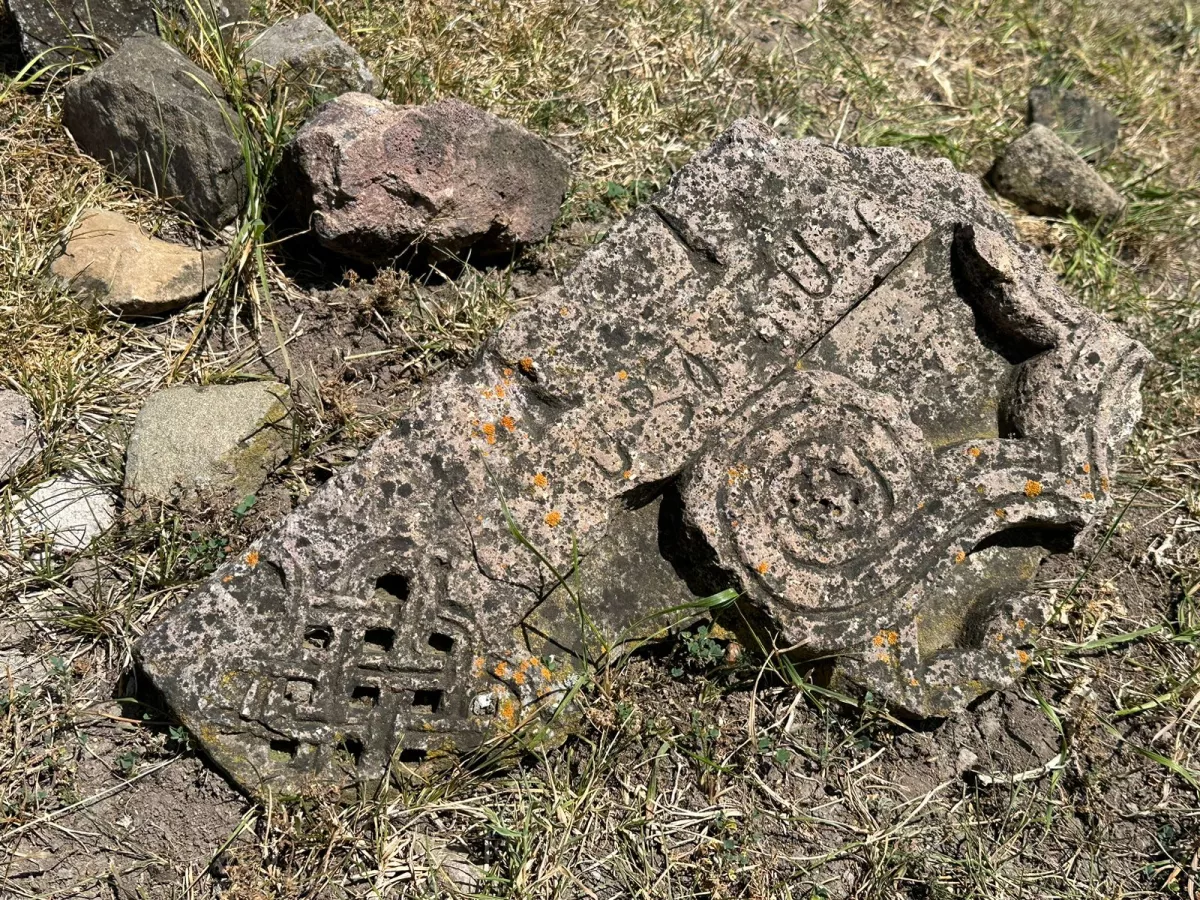
Ancient cemeteries and burial mounds are often found near such temples, bearing witness to the complex, multilayered spiritual and cultural life of these places.
The coexistence of pagan and Christian elements at a single site creates a unique field for interpretation, allowing researchers to trace how religious practices gradually evolved, and how forms of sacred architecture and symbolism transformed over time. The burial mounds and ancient necropolises are particularly fascinating, as they reflect ritual concepts from various epochs — from pre-Christian rites to later Christian traditions. Such burial sites can also be found near this very church.
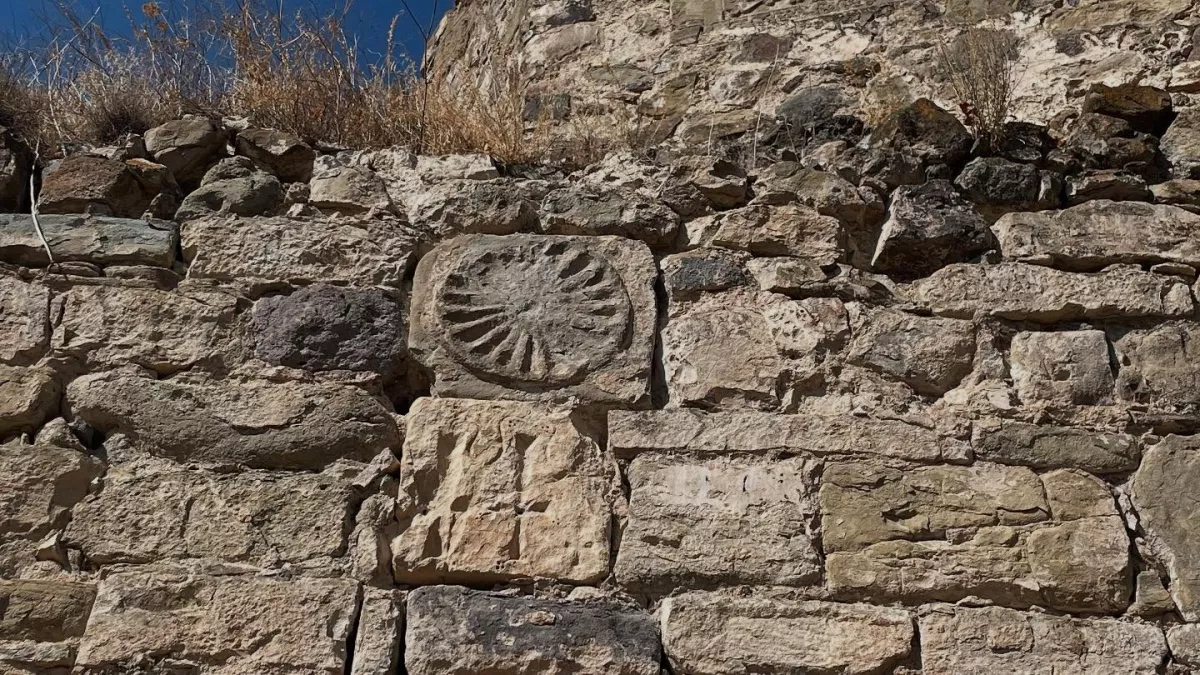
The church in the village of Gushchu is not merely an architectural monument of its time but an integral part of a much older cultural landscape — a vessel of historical memory that attests to centuries-long continuity and the profound depth of civilisational development.
It carries forward a tradition passed down through generations — the reverence for certain points in space where faith, myth, and history intertwine. For archaeologists and historians, such complexes provide a vast field for research, offering insights into how a single sacred site could serve different religions and cultures over the centuries while retaining its enduring significance and spiritual magnetism.
The preservation, study, and protection of such monuments represent a crucial task for experts, as they embody a heritage capable of revealing much about the ancient spiritual practices, architectural traditions, and worldview of the peoples who once inhabited this land.
By Vahid Shukurov, exclusively for Caliber.Az








